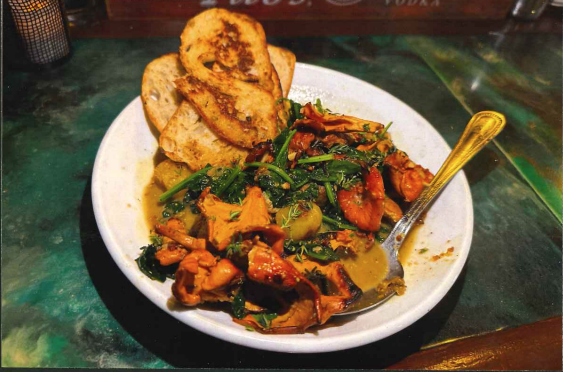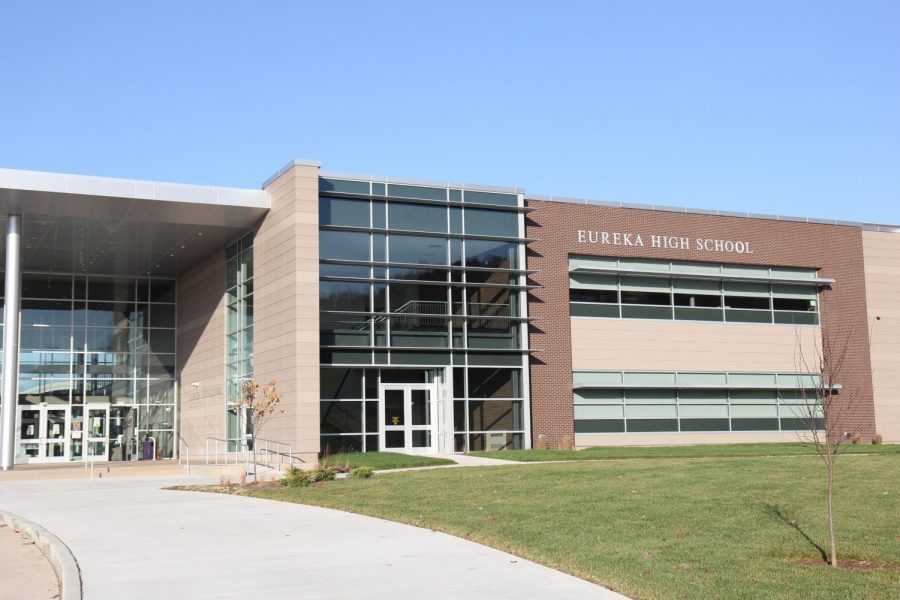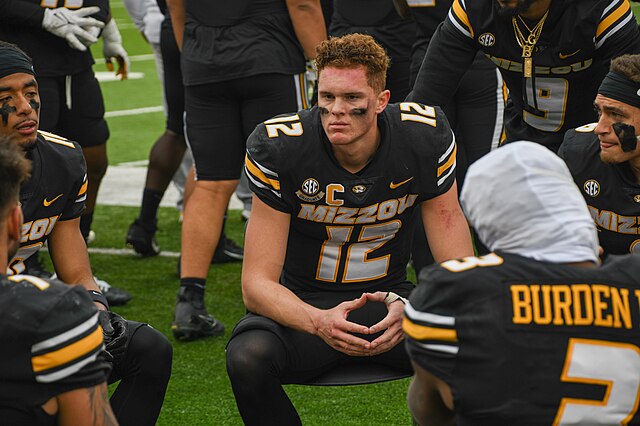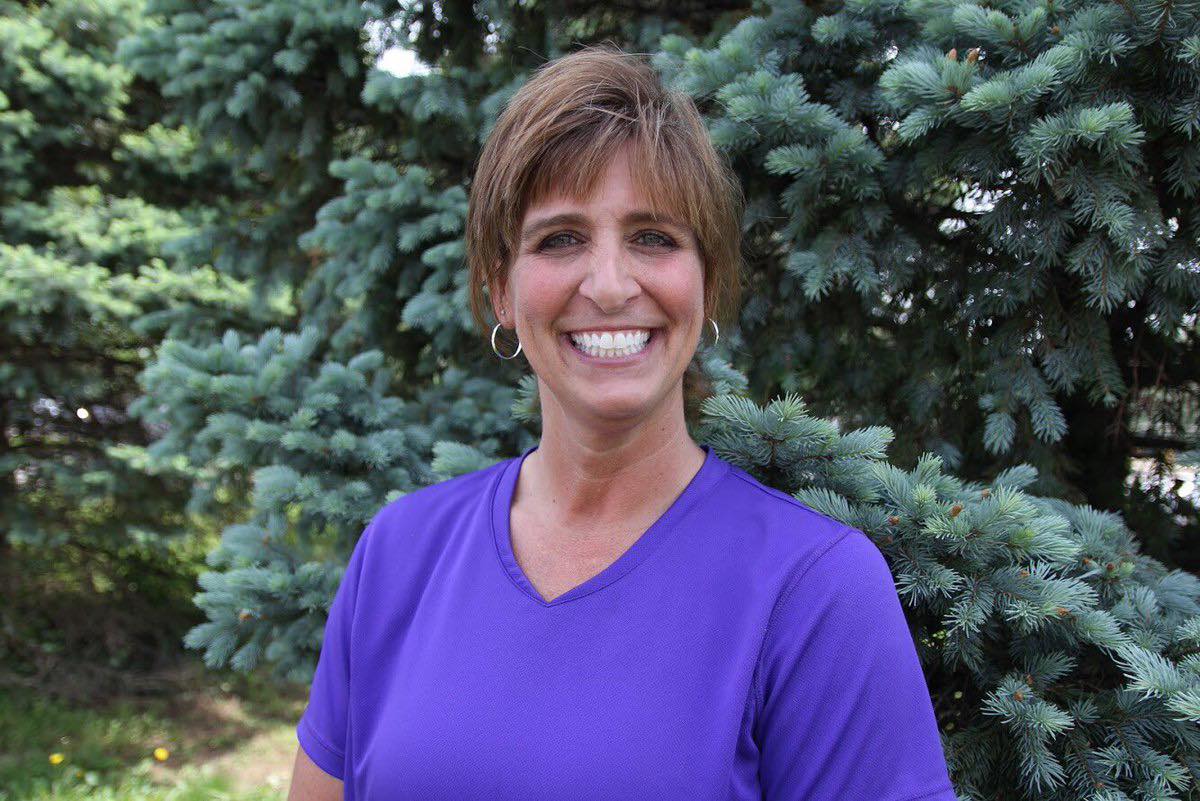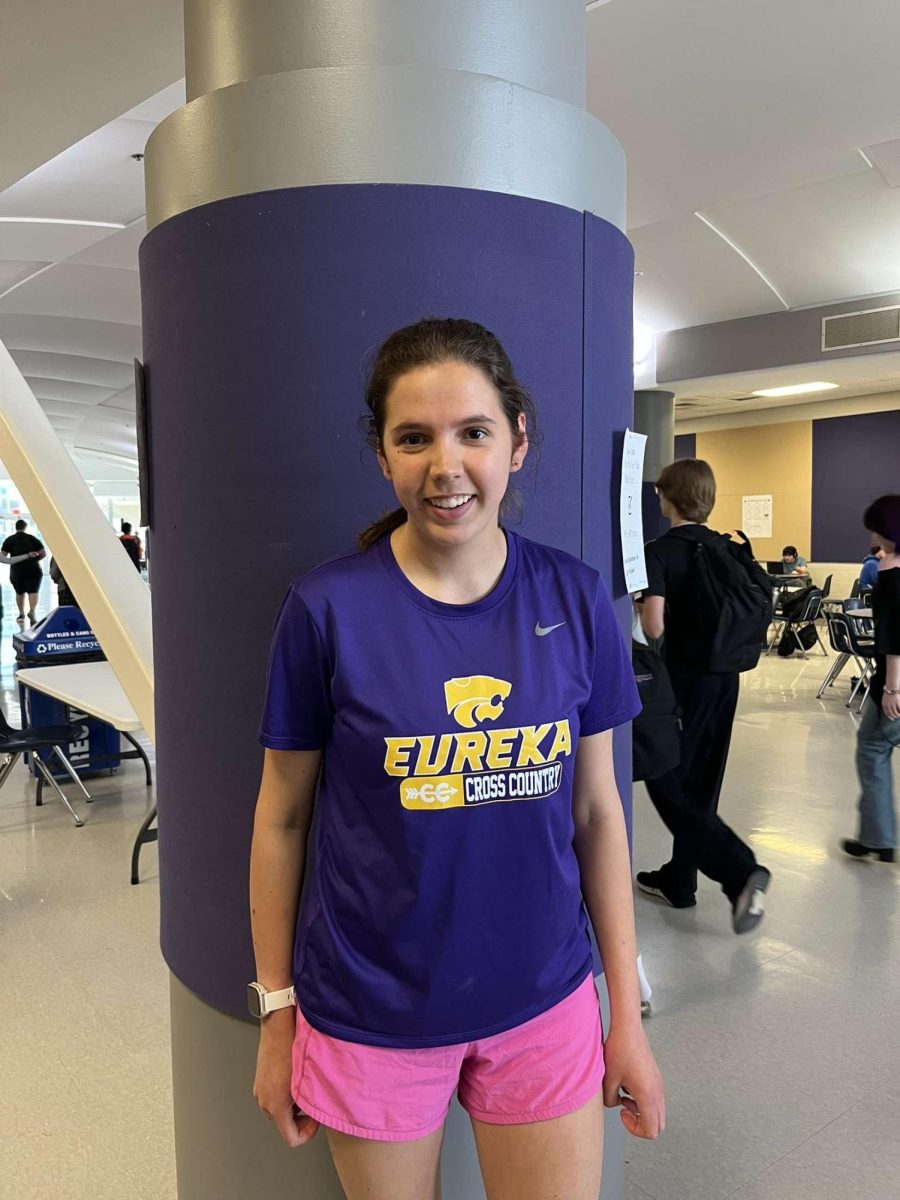Exploring the goals behind AP Environmental Science
Eating hamburgers at 8:30 in the morning on a Monday. Having class in Schnucks. Going outside and exploring the small creek behind school.
These activities may not seem like the day in an average class, but for AP Environmental Science, these activities are nothing out of the ordinary.
The class’ approach is much more hands-on. Mrs. Dianne Johnson, AP Environmental Science teacher, designs the class to show students how their actions affect their immediate environment.
She invited three organic cattle farmers to speak with the AP Environmental Science class about the benefits of American grass-fed cattle, Feb 6. Rain Crow Ranch is a local ranch 180 miles away dedicated to the production of healthy, organic beef.
“The presentation was really good, the meat tasted delicious and the speakers were really interesting,” Jeff Lazar (11) said. “The famers taught us about how corn products are monopolizing our food industry and how grass-fed beef is overall better for the environment.”
The takeover of corn in our economy is cancelling out other natural products and is usually accompanied by sugar to create high-fructose corn syrup, Lazar said. High fructose corn syrup is a sweetener made from corn used in almost all food today.
This class is one of the lesser known AP classes at school because no one really understands what topics are covered in this class.
“I heard that they get to go outside, build dams and observe trees every day,” Brandon Green (10) said.
Green’s assessment represents common misconceptions about the class.
“Everyone calls it AP Tree, and you think it is just about the environment,” Stephanie Mueller (11) said. “But it’s more about the population and learning about other countries.”
Since AP Environmental Science emphasizes math less than other AP science courses, students are motivated to take this course thinking it is easier.
“I thought it was going to be an easy weighted grade class, but it more challenging than I thought it was going to be,” Ian Antrim (12) said.
Students are expected to understand how all aspects of nature connect in the ecosystem and how this unification relates to their life, creating a vast amount of information for the students to comprehend at once: biology, geology, and physical science.
“The difficulty in AP Environmental Science comes with the vast amount of information they need to know,” Mrs. Dianne Johnson said. “The concepts may be easier than other AP Science classes but the volume of information and the connections that need to be drawn between the concepts are difficult for some students to master.”
This class has something to offer every student because it teaches practical ways to help the environment that students can easily implicate in their everyday lives.
“One thing we learned to implicate everyday ways to help the environment was to drive less to cut down on fossil fuels in the atmosphere,” Mueller said.
Mrs. Johnson teaches these lessons in a hands-on way. For example, last month AP Environmental Science had class in Schnucks and had to create a meal entirely out of organic food, then they had to create that same meal with regularly grown food and compare the price.
“The experience taught me a lot about just what food labels mean and how simple it is to choose food that is better for your body and the environment,” Lazar said.




